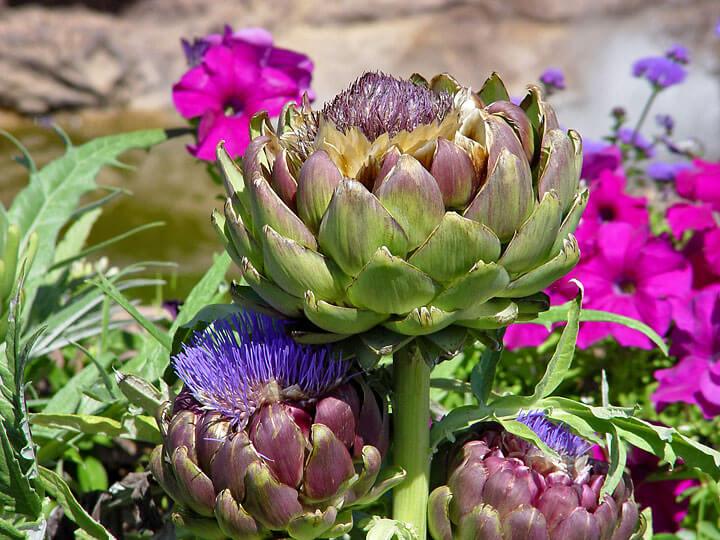
“I’m getting ready to prep my raised beds for the fall crop. What is best to amend the soil with since I do not use chemical fertilizers?” Question from Randal of Chiply, Florida.
Answer: There are lots of things that you can do to feed your soil for fall and winter crops. Here are some of easy options.
Feed Your Soil
Your garden is as good as its soil. For success, liberally feed it with organic matter, such as Black Gold Earthworm Castings, Canadian Sphagnum Peat Moss, and Garden Compost Blend, especially if your soil is rich in clay or sandy. Add at least 3 inches of the amendment to the soil surface, and till it to a depth of at least 8 inches. Tilling in amendments will increase water-holding capacity and aeration for better root growth. Use the amendment application formula below to determine the amount you will need.
Amendment Application Formula
([area to cover] ft2 x [depth in inches desired] x 0.0031 = ___ yd3).
Example: If you wanted to cover a 20 square foot area with 2 inches of compost, the result would be: 20 ft2 x 2 inches of compost x 0.0031 = 2.48 yd3.
(Click here for a full overview of how to prep a new vegetable garden from start to finish.)
Choose the Right Organic Fertilizer
Vegetables perform better with regular fertilization, especially heavy feeders like tomatoes. In fact, most veggies will deplete the soil of nutrients over time, so replenishment is necessary. There are many organic vegetable fertilizers on the market. Alfalfa, blood, bone, feather, fish, kelp, and shrimp meals are all common natural components of non-chemical fertilizers. Earthworm castings are also a good source of nitrogen and beneficial microbes. Adding mycorrhizae to the soil is also useful because it helps plants take up water and nutrients better. Black Gold Natural & Organic Ultra Coir is another of our organic-rich amendments that also contains our proprietary blend of endomycorrhizae. We recommend that you research top-rated organic fertilizers to find the best for your needs.
Rotate Your Crops with Legumes
Vegetables, especially tomatoes, should be rotated on a three-year cycle–tomato one year and other vegetables the next two years. Legumes, like beans and peas, are excellent rotation crops because they naturally fortify soils with nitrogen. For more rotation tips, I encourage you to read Spring to Fall Vegetable Rotation: Planting for Non-stop Garden Produce. It will provide all of the information you need to effectively rotate your crops, whether container- or garden-grown.
I hope that all of this information helps! We have many more articles about gardening in Florida, click here to view them.
Happy fall vegetable gardening,
Jessie Keith
Black Gold Horticulturist


